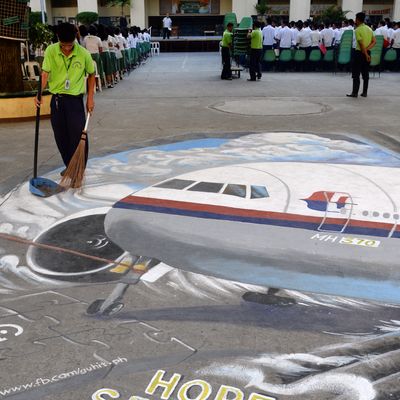
A week after Australian satellites spotted potential debris from Malaysia Airlines Flight 370, there is still no trace of the plane – possibly because searchers were still looking in the wrong place. The search is being redirected to another spot in the southern Indian Ocean on Friday in light of a new analysis that suggests the plane was traveling faster, and thus ran out of fuel earlier, than previously thought. The Australian Maritime Safety Authority (AMSA) said the search is being shifted to a region 680 miles northeast of where planes and ships have been looking. “This is a credible new lead and will be thoroughly investigated today,” said Australian Prime Minister Tony Abbott.
Authorities explained that this “new lead” is based on their analysis, not a significant new clue. “There is a set of radar data from a number of sources, but most of this work is closer analysis of existing data rather than new radar data coming to light,” said Martin Dolan, chief commissioner of the Australian Transport Safety Bureau.
Four search planes arrived in the new area on Friday, and six ships were on their way there. The previous search area was known for strong winds and high waves, but conditions should be better in the new region.
John Young, manager of AMSA’s emergency response division, told reporters he doesn’t feel the previous searches were pointless. “This is the normal business of search and rescue operations – that new information comes to light, refined analyses take you to a different place,” Young said. “I don’t count the original work as a waste of time.”
Still, the chances of finding out what happened to Flight 370 are becoming more slim every day. Authorities estimate that the underwater locator beacon in the plane’s black box only has another ten days of battery life, and after that locating it could become nearly impossible.






























